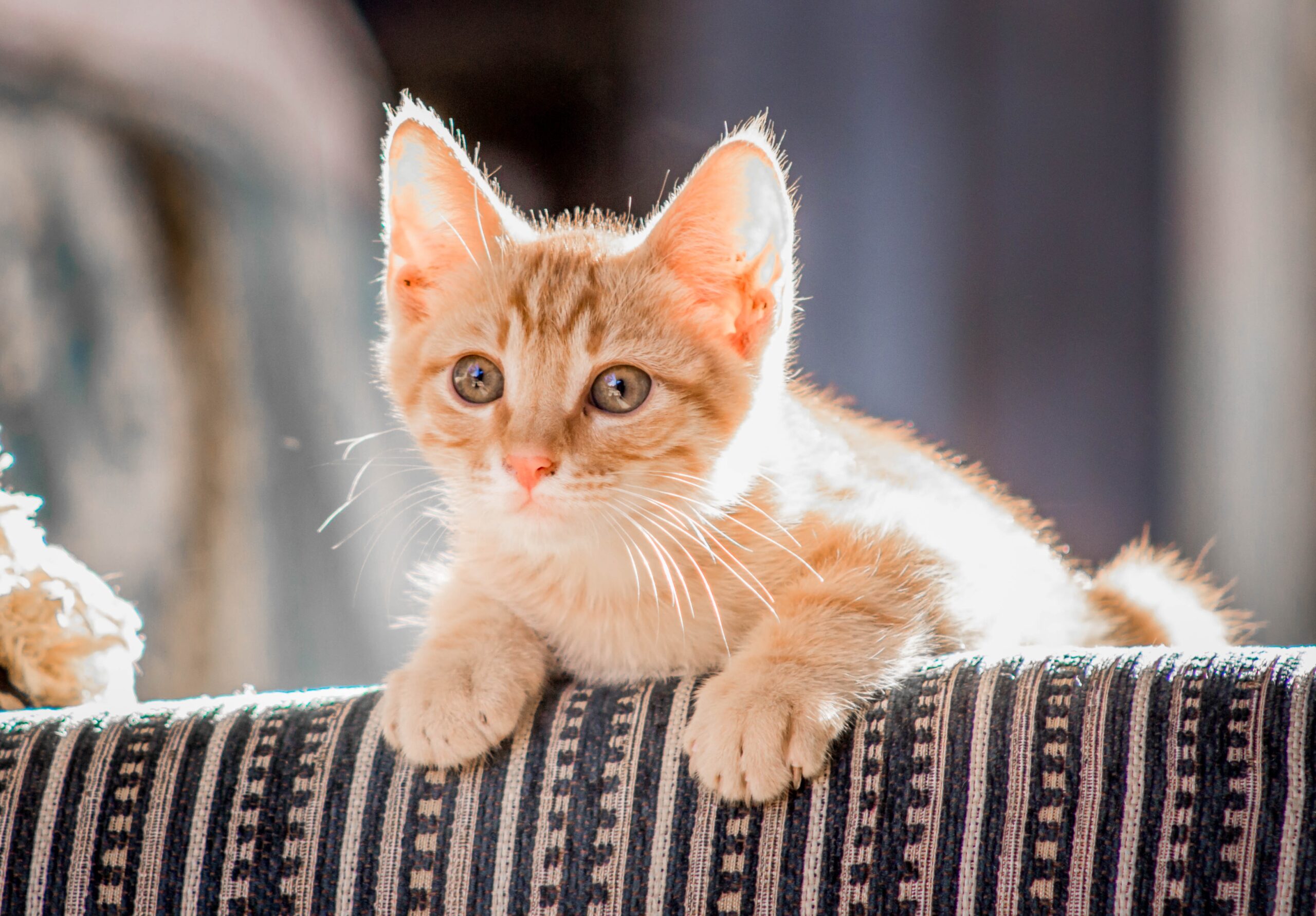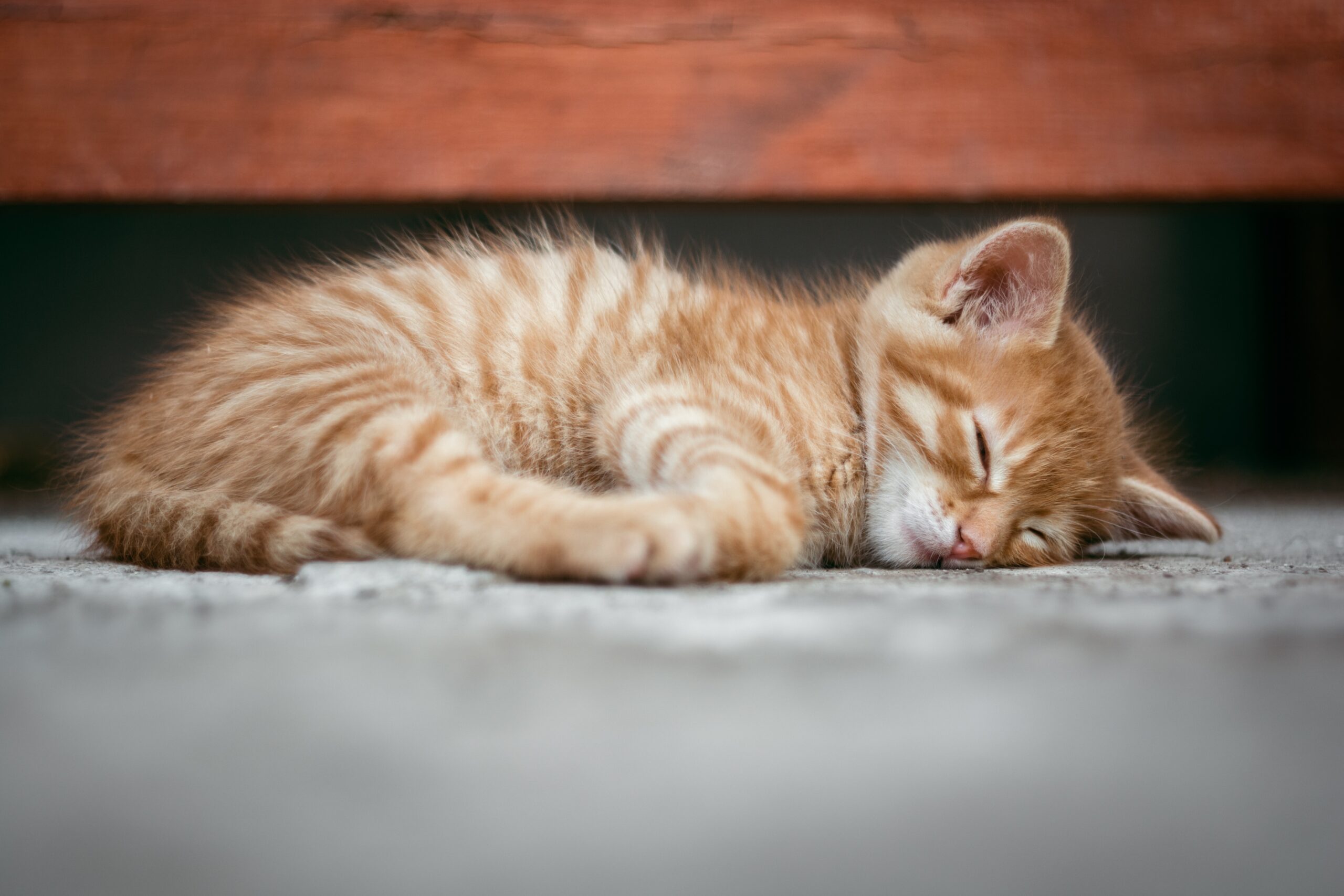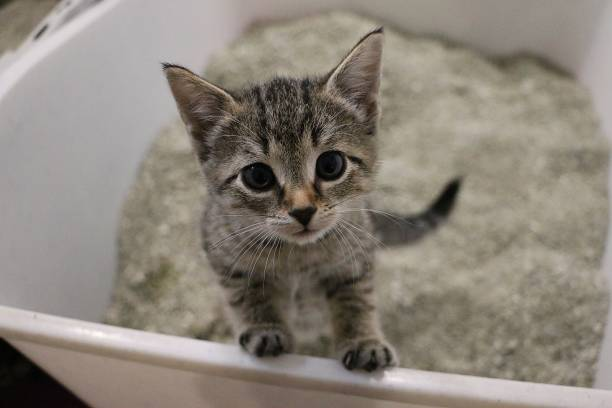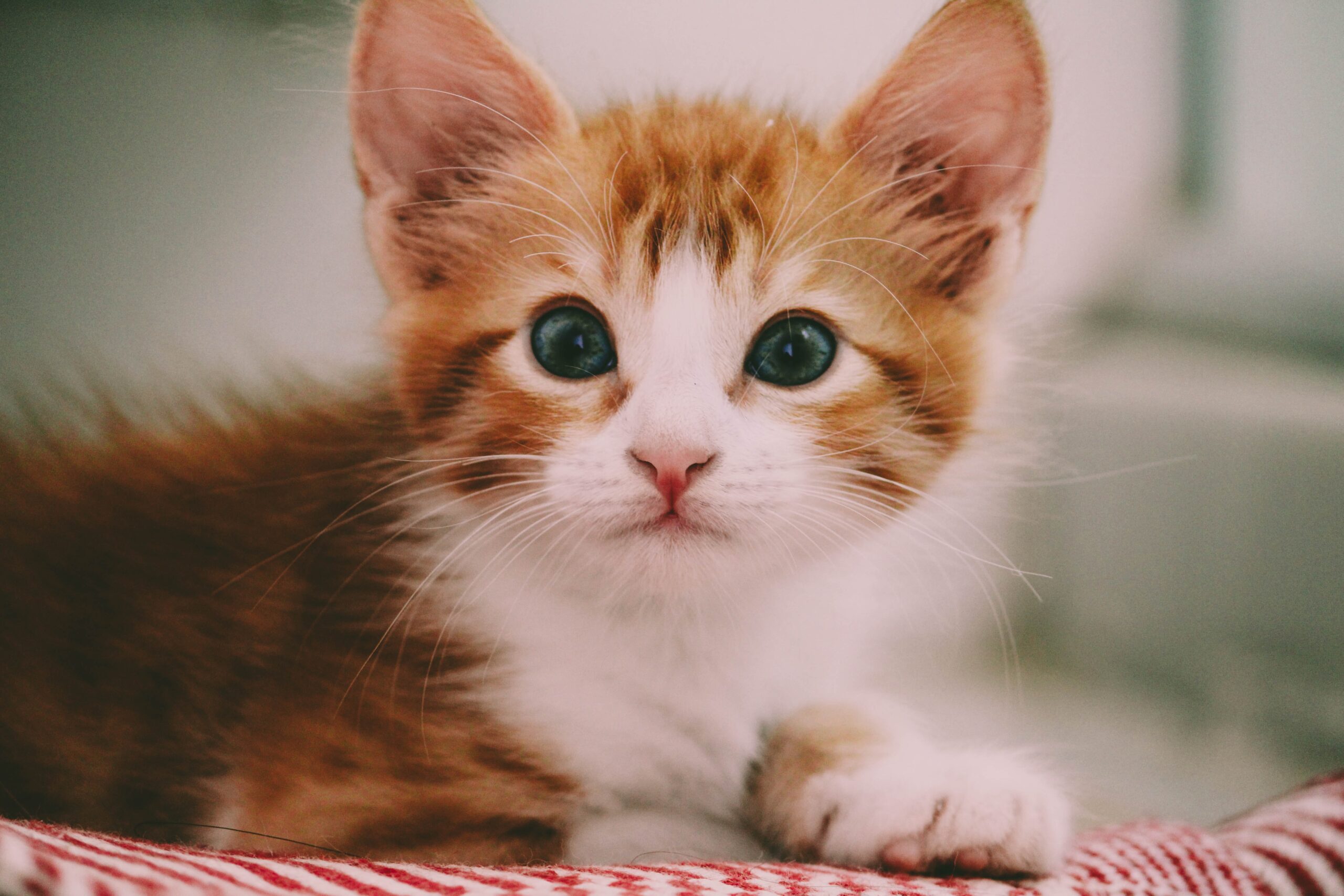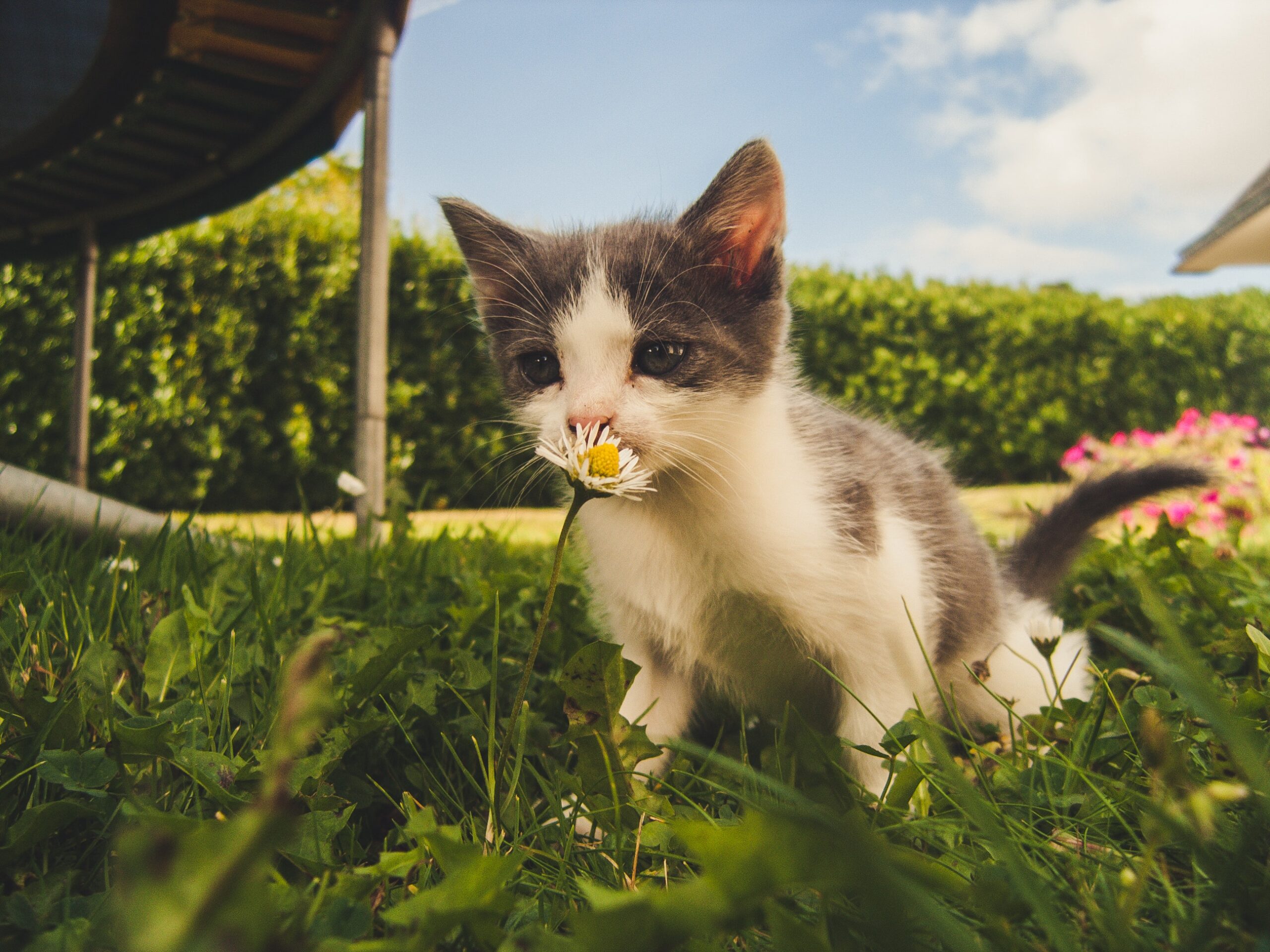The Natural Instinct of Cats to Scratch
For centuries, cats have been captivating companions to humans with their playful antics and enigmatic charm. One of the most distinctive and natural behaviors in felines is scratching. Observing your beloved cat meticulously using its claws to scratch various surfaces might leave you wondering why they engage in this seemingly destructive behavior. However, it is essential to understand that scratching is an inherent and instinctual part of being a cat.
From the moment kittens are born, they begin to develop and hone their scratching instincts. This behavior serves multiple purposes, deeply ingrained in their biology and feline heritage. Primarily, scratching helps cats maintain their claws in optimal condition. By regularly scratching, they remove the outer layer of their claws, preventing them from becoming overgrown or dull. This self-grooming mechanism ensures that their claws remain sharp and ready for various tasks, such as hunting, climbing, and defending themselves from potential threats.
Understanding Why Cats Scratch Furniture
As much as we adore our feline friends, discovering scratch marks on our furniture can be frustrating. However, it’s crucial to recognize that cats do not scratch furniture out of malice or to upset their owners. Instead, their choice of furniture as a scratching post is often influenced by specific factors that make those surfaces more appealing.
- Territorial Marking and Communication: Scratching is not only a form of physical maintenance but also serves as a means of communication. When a cat scratches, it leaves behind visible marks and scents from glands in its paws. These scents act as a territorial signal to other cats, conveying essential messages like “this is my space” or “I was here.”
- Exercise and Stretching: Cats are agile creatures that need regular exercise and stretching to keep their muscles supple and joints flexible. Scratching provides an excellent opportunity for them to stretch their entire bodies, from their toes to their shoulders, helping them stay agile and reducing the risk of joint stiffness.
- Stress Relief: Scratching can also be a way for cats to relieve stress or frustration. In multi-pet households or environments with significant changes, cats may resort to scratching as a coping mechanism.
Importance of Finding Alternatives to Protect Your Furniture and Maintain a Happy Cat
As much as scratching is a natural and necessary behavior for cats, it’s essential to find ways to protect our furniture without discouraging or suppressing this instinct. Attempting to stop cats from scratching altogether can lead to frustration, anxiety, and behavioral problems. Instead, the key lies in providing appropriate alternatives and guiding their behavior towards acceptable scratching surfaces.
By addressing this issue with a proactive and positive approach, we can create a harmonious living space where both cats and humans coexist happily. In the subsequent sections of this article, we will explore the reasons behind scratching behavior, discover suitable alternatives, and learn effective methods to encourage your feline friend to scratch where it’s appropriate while preserving your precious furniture.
Understanding the Root Cause of Scratching
Territorial Marking and Communication
Scratching serves as a primal means of communication among cats. When your feline friend scratches various surfaces around your home, they are not just sharpening their claws; they are also leaving behind scent marks from glands located in their paws. These scent marks act as territorial signposts, conveying important messages to other cats in the vicinity. By scratching, your cat is essentially saying, “This is my territory, and I’m here!”
Understanding this aspect of scratching is vital because it helps us recognize that cats aren’t merely engaging in destructive behavior. Rather, they are instinctively driven to mark their territory and establish a sense of security in their environment. This is especially important in multi-cat households, where individual cats may feel the need to assert their boundaries.
Exercise and Stretching for Cats’ Physical Well-being
Cats are incredibly agile and athletic creatures, and they require regular exercise to maintain their physical health and mental stimulation. Scratching serves as a form of exercise and stretching for cats, enabling them to keep their muscles toned and their joints flexible.
When a cat scratches, they engage a variety of muscles, including those in their shoulders, legs, and back. This activity helps to prevent muscle atrophy and ensures that your feline companion remains agile and in good shape. Regular exercise also aids in weight management, reducing the risk of obesity-related health issues.
Maintaining Healthy Claws and Removing Dead Nail Layers
Scratching is a crucial aspect of feline claw maintenance. Cats’ claws are continuously growing, much like our fingernails. If they don’t have the opportunity to scratch, their claws can become overgrown, leading to discomfort and potential health problems.
When a cat scratches, they not only sharpen their claws but also remove the outer, dead layers. This process keeps their claws healthy and prevents them from becoming excessively long or brittle. In the wild, this natural maintenance is crucial for a cat’s survival, allowing them to hunt, climb, and defend themselves effectively.
By understanding the significance of scratching for your cat’s physical well-being, territorial communication, and claw maintenance, you can approach the issue with a more compassionate and informed perspective. Instead of trying to eliminate the behavior altogether, you can focus on providing your feline companion with appropriate outlets for their scratching instincts and preserving both your furniture and your cat’s overall well-being. In the following sections, we will explore practical strategies to encourage positive scratching habits and protect your furniture effectively.
Creating an Ideal Environment for Your Cat
Providing Suitable Scratching Posts and Pads
Understanding that scratching is a natural and essential behavior for cats, the first step in redirecting their scratching habits away from your furniture is to offer suitable alternatives. Scratching posts and pads are invaluable tools to fulfill your cat’s need to scratch while protecting your cherished belongings.
- Choosing the Right Material (sisal, cardboard, carpet)
When selecting a scratching post or pad, consider the materials that appeal most to your cat. Cats have individual preferences, but popular choices include sisal rope, cardboard, and carpet. Sisal provides a satisfying texture for cats to sink their claws into, while cardboard and carpet offer enticing scratching surfaces.
- Optimal Height and Stability
Scratching posts come in various sizes, so it’s essential to choose one that allows your cat to fully stretch out their body while scratching. Opt for a post that is at least as tall as your cat when they stand on their hind legs and stretch upward. Stability is also crucial to prevent the post from wobbling or tipping over during vigorous scratching sessions.
Placement of Scratching Posts and Pads
Strategically positioning scratching posts and pads is key to encouraging your cat to use them regularly. Observe the areas where your cat tends to scratch furniture the most, and place the posts nearby. Additionally, consider incorporating scratching posts into your cat’s favorite spots, such as near windows or resting areas.
- Strategic Positioning Near Furniture Your Cat Usually Scratches
If your cat frequently targets a specific piece of furniture, place a scratching post directly beside or in front of it. By doing so, you provide a convenient and appealing alternative to the furniture, making the transition to using the post more natural for your cat.
- Incorporating Them into Your Cat’s Favorite Spots
Cats have favorite spots they like to hang out or relax in. These areas are excellent locations to place scratching posts or pads. By incorporating scratching surfaces into these familiar spots, you increase the chances of your cat adopting the posts as part of their daily routine.
Using Catnip or Pheromone Sprays to Attract Cats to Scratching Posts
To entice your cat to use the scratching posts and pads, consider using catnip or pheromone sprays. Catnip is a herb that induces a euphoric response in many cats and can be sprinkled on or around the scratching surface to pique their interest. Pheromone sprays mimic the natural facial pheromones that cats release when they rub their cheeks against objects to mark them as safe and familiar. These sprays can create a positive association with the scratching post and make it more inviting to your cat.
By providing appropriate and enticing scratching options, you can redirect your cat’s natural instinct to scratch towards these designated areas. This not only preserves your furniture but also promotes your cat’s physical and emotional well-being. In the upcoming sections, we will delve into positive reinforcement techniques and other strategies to ensure your cat happily embraces their new scratching routine.
Positive Reinforcement and Training
Reward-Based Training for Scratching Behaviors
Positive reinforcement is a powerful tool in shaping your cat’s behavior and encouraging them to use the designated scratching posts and pads. By associating scratching posts with pleasant experiences, you can effectively steer your feline friend away from furniture.
- Treats and Praise When Using Scratching Posts
Whenever you notice your cat using the scratching post, immediately offer them verbal praise and a tasty treat. Positive reinforcement helps reinforce the behavior, making your cat more likely to repeat it in the future.
- Ignoring Unwanted Scratching on Furniture
In contrast to rewarding desired behaviors, it’s crucial to avoid scolding or punishing your cat for scratching furniture. Cats don’t respond well to punishment and may become anxious or fearful, which can exacerbate their scratching behavior. Instead, if you catch your cat scratching furniture, calmly redirect their attention to a nearby scratching post and reward them when they use it.
Using Deterrents to Discourage Furniture Scratching
While positive reinforcement encourages your cat to use scratching posts, deterrents can be employed to discourage them from scratching furniture.
- Double-Sided Tape
Cats dislike sticky textures on their paws. Applying double-sided tape to the edges of furniture or other areas where your cat scratches can dissuade them from targeting those spots. Over time, your cat will learn that these surfaces are unpleasant to scratch and will seek out more suitable alternatives.
- Aluminum Foil
Similar to double-sided tape, aluminum foil provides an unpleasant texture and sound when scratched. Covering the furniture temporarily with aluminum foil can help discourage your cat from engaging in the unwanted behavior.
Avoiding Punishment as It Can Create Anxiety and Worsen the Behavior
It’s essential to remember that punishment is not an effective way to address scratching issues. Cats do not understand punishment in the same way humans do, and it can lead to fear, anxiety, and aggression. Punishing your cat for scratching furniture may cause them to associate negative feelings with you, making the problem worse.
Instead, maintain a patient and positive approach, consistently redirecting your cat to appropriate scratching posts and offering rewards when they use them. Consistency is key, as cats thrive on routines and will learn to associate the scratching posts with positive experiences.
In the next section, we will explore additional methods to protect your furniture and upholstery while promoting positive scratching behavior in your cat. By combining positive reinforcement with practical strategies, you can create a harmonious environment where your cat’s natural scratching instincts are satisfied, and your furniture remains safe from harm.
Protecting Furniture and Upholstery
As much as you focus on encouraging your cat to use scratching posts and pads, protecting your furniture from potential damage is equally important. Implementing various protective measures will allow you to maintain a harmonious living space while satisfying your cat’s natural scratching instincts.
Temporary Coverings for Furniture
- Furniture Throws and Blankets
Using furniture throws or blankets is a practical and versatile way to protect your upholstery from scratches. Simply drape these covers over your sofas, chairs, or other favorite scratching spots to create a barrier between your cat’s claws and the furniture. Opt for thick, durable materials that are easy to clean in case of accidents or spills.
- Plastic or Vinyl Coverings
Plastic or vinyl covers can be an effective short-term solution for safeguarding your furniture. Transparent covers are available, which maintain the aesthetics of your furniture while offering protection against scratching. However, it’s essential to ensure these covers are comfortable for your cat and do not create unpleasant textures that could deter them from using the furniture altogether.
Investing in Cat-Friendly Furniture
- Claw-Resistant Materials
When selecting new furniture or upholstery, consider materials that are more resistant to scratches. Certain fabrics, like tightly woven or microfiber textiles, can be less appealing for cats to scratch compared to softer or looser fabrics. Additionally, opt for solid wood furniture, which tends to hold up better against scratching compared to particleboard or other composite materials.
- Leather or Microfiber Upholstery
Leather and microfiber are known for their durability and resistance to scratching. Cats are less likely to sink their claws into these materials, making them a viable option for pet-friendly furniture. Keep in mind that leather may require regular conditioning to maintain its quality.
Regularly Trimming Your Cat’s Nails
A simple yet effective method to minimize the impact of scratching on your furniture is to keep your cat’s nails trimmed. Regular nail trims prevent overgrowth and decrease the potential damage caused by scratching. Ensure you use proper cat nail clippers and consult your veterinarian or a professional groomer for guidance on safe trimming techniques.
By combining temporary coverings for furniture, investing in claw-resistant materials, and maintaining well-groomed nails, you can protect your furniture while still promoting your cat’s well-being. Creating a cat-friendly environment with designated scratching areas and cat-approved furniture will lead to a happy coexistence between you and your feline companion.
In the concluding section of this article, we will recap the essential points discussed and emphasize the significance of patience and positive reinforcement in guiding your cat towards healthier scratching habits.
Addressing Behavioral Issues
A. Scratching Due to Stress or Anxiety
Sometimes, excessive or destructive scratching can be a manifestation of stress or anxiety in cats. Identifying and addressing the underlying causes of your cat’s anxiety can significantly help reduce their inappropriate scratching behaviors.
- Identifying Stress Triggers
Observe your cat’s behavior and look for potential stress triggers in their environment. Changes such as moving to a new home, introducing new pets, or alterations in daily routines can contribute to stress. Cats are sensitive to their surroundings, and even seemingly minor changes can impact their emotional well-being.






